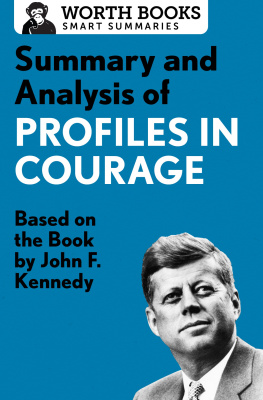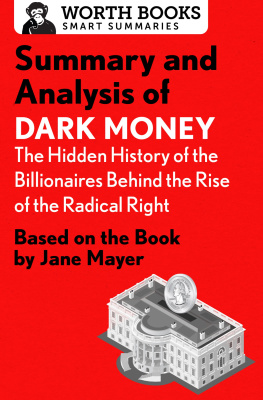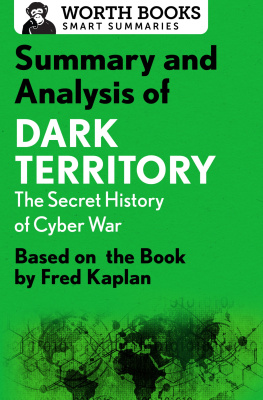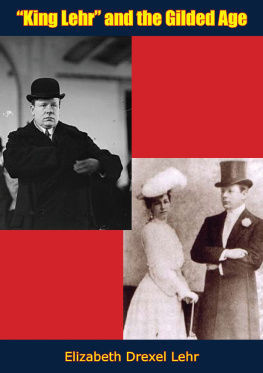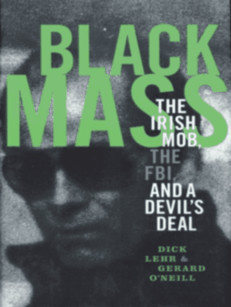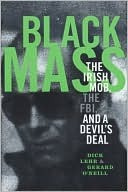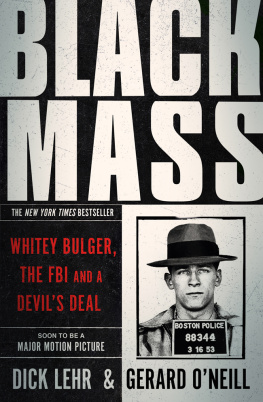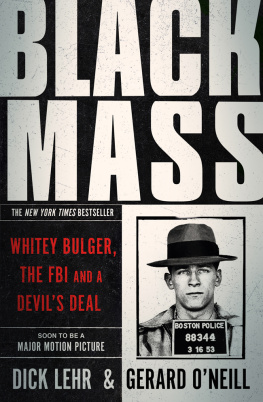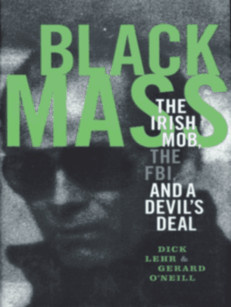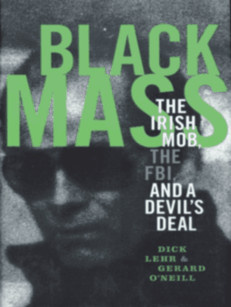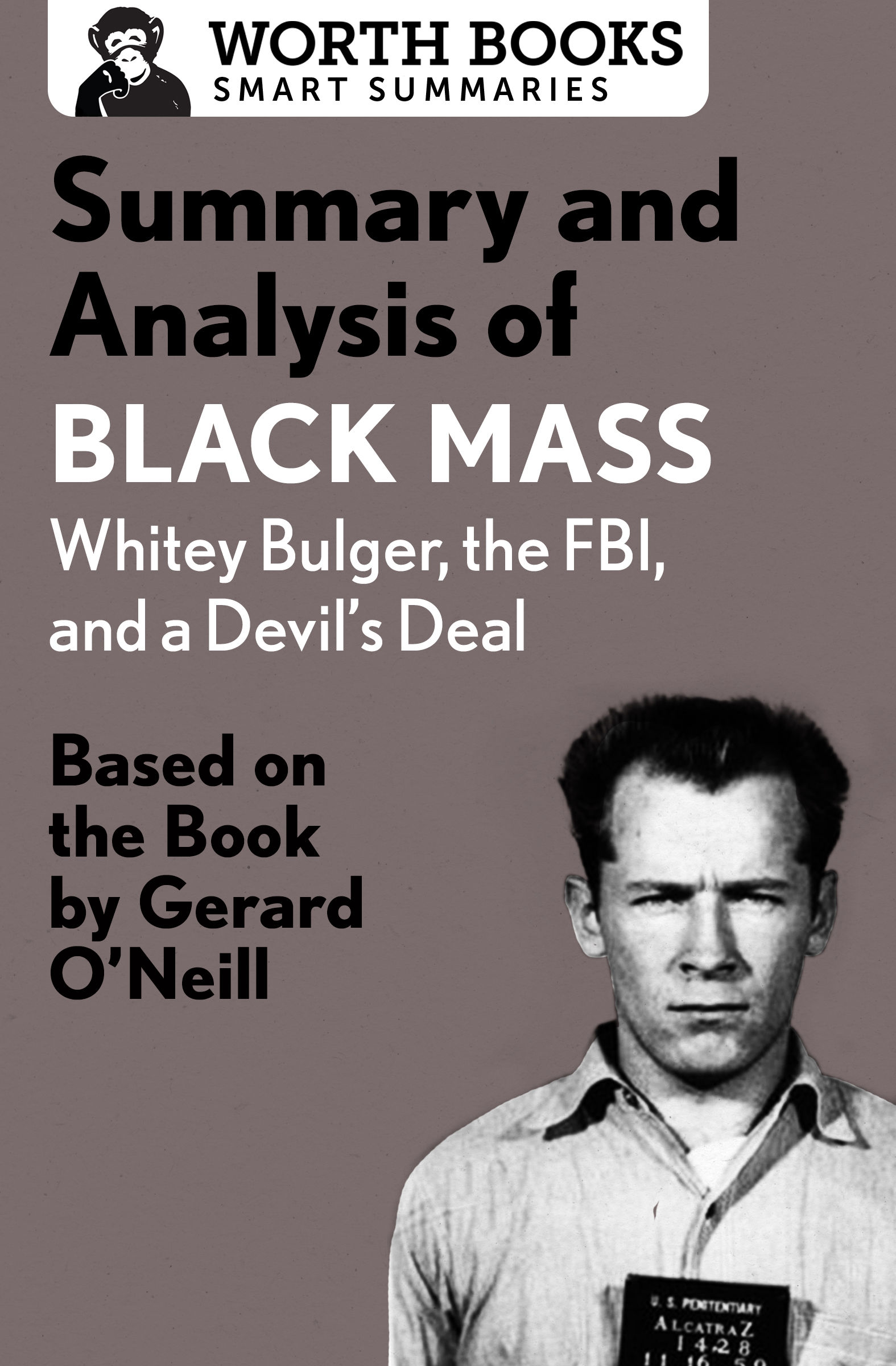Summary and Analysis of
Black Mass
Whitey Bulger, the FBI, and a Devils Deal
Based on the Book by Dick Lehr and Gerard ONeill

Contents
Context
Due to the popularity of Hollywoods mob stories The Godfather trilogy, GoodFellas , The Sopranos when we think of organized crime, we tend to think of the Italian Mafia. However, the Irish have had a significant criminal presence, too, beginning with the street gangs of late-nineteenth-century New York and Boston and lasting through Prohibition and the rise of the Italian gangs in the early twentieth century. In South Boston, James J. Whitey Bulger came of age at a time when Irish mob members were not only fighting with one another, but also against a growing Italian influence spreading from New York City. For Bulger, the offer of using the FBI to provide protection for himself and to get rid of his enemies was a lure he couldnt resist, even though it meant becoming a rat, one of the most despicable people on earth according to the Irish mob culture.
On the flip side, Bulgers heydaythe late 1970s and early 1980salso saw the rise of the Wall Street era, when a flashy lifestyle was seen as an indicator of a job well done. FBI agent John Connolly viewed himself as successful in those terms, and he expected the commensurate rewards.
Black Mass (2000) was a New York Times bestseller and won an Edgar Award for Best Fact Crime. An expos of the notorious case that expanded on a series of Boston Globe articles, the unbelievable true crime story by journalists Dick Lehr and Gerard ONeill read more like a novel than nonfiction. In 2015, it was adapted for a film starring Johnny Depp.
Since the original publication of Black Mass , a great number books on the Bulger have followed, some penned by other reporters, some by people involved either in Bulgers criminal underworld or in the police investigations into it. In the words of Lehr and ONeill, Bulger has become a genre.
Overview
The pursuit of justice can have darker implications when winning becomes more important than upholding the law. Using firsthand reports, transcripts of wiretaps, court reports, and official memos, Dick Lehr and Gerard ONeill track how a deal between two ambitious menFBI agent John Connolly and mob boss James Whitey Bulgerevolved into a tangle of favors and corruption that would end in the worst scandal in the history of the Federal Bureau of Investigation.
Seeking career advancement, Connolly took advantage of his childhood connection to Bulger to turn the mobster into an informant. But while he may have thought he was keeping Bulger on the hook, the experienced racketeer wasnt the one who had been brought to heel. Connolly was soon giving away as much intel as he was getting from his informant, omitting details from ongoing investigations, dodging questions, and falsifying official reports. Worse, he took to warning Bulger when his crimes were at risk of discovery, which resulted in the deaths of several potential witnesses.
John Morris, Connollys supervisor, was drawn into the web as well, and the business-only deal quickly turned into a social onewith private dinners and gift exchangestrampling on the official FBI guidelines regulating how handlers should interact with informants.
Along the way, the careers and lives of these men became impossibly intertwined: If one of them failed, the others would, too. But they thought it could never happen, that they were smarter than anyone else, able to manipulate the system to their own benefit. And they did for more than twenty years, despite persistent rumors of Connollys involvement and repeated efforts by the Boston police, the DEA, and other agents within the FBI to take Bulger down.
It was only in the late 1980s, when several threadsincluding the retirement of individuals who had been protecting Bulger, the Massachusetts State Police investigation of illegal bookmaking, and the interest of a pugnacious prosecutor named Fred Wyshakcombined and caused the dam to burst, spilling all the dirty secrets the FBI had been hiding.
Summary
Prologue
When a young, skinny kid named John Connolly visits a South Boston drugstore with his friends in the summer of 1948, he finds local teenage legend Jimmy Bulgerwho has already been nicknamed Whitey by the cops because of his striking blond hairmanning the counter. Bulger, known for his daringand illegalactivities, offers Connolly and his friends free ice cream cones, but Connolly has been warned by his mother not to take food from strangers. Bulger protests that theyre not strangers because theyre both from Irish families. Connolly, starstruck, accepts a vanilla cone.
Introduction
In an introduction dated April 2000, the authors of Black Mass describe the origin and development of the book. What started as a Boston Globe series about brothers James and William Billy Bulgerthe former a notorious career criminal, the latter a rising politician in the Massachusetts Senatetook a detour caused by a major question that kept resurfacing: Was James Whitey Bulger actually an informant for the FBI? And was that the reason behind Whiteys seemingly charmed survival and success?
At first, none of the journalists involved in the series could believe it. Whitey had a reputation as a stand-up guy in his South Boston neighborhood. But that didnt mean he was a good guy, only that he was a loyal one. More than that, he was known for expecting complete loyalty in return. In the Irish underworld of Boston, to be a snitch was an unforgiveable crime. Surely the biggest Irish mob boss of all wouldnt commit such a heinous offense. And yet, the journalists found it hard to ignore the hints and whispers from local law enforcement, who insisted that no mobster, not even Whitey Bulger, could be so careful as to avoid arrest for more than twenty years. No case that they tried to build against him ever stuck. So the idea that he was protected by someone higher up just wouldnt go away.
Globe reporters took the whispers as incentive to keep digging. And what they eventually turned up was consistent evidence of a devils deal between Whitey Bulger and FBI agent John Connolly beginning in 1975 and continuing until 1998: more than twenty years of criminal corruption at the heart of the FBI. For while Bulger may have started out as an informant, the mobster slowly managed to turn the tables until he was the one calling the shots, and the federal agent was the one breaking the law.
Introduction to the Paperback Edition
In this brief note, added to a new edition of Black Mass and dated January 2012, Dick Lehr and Gerard ONeill update readers on new developments in the casenotably, the murder conviction of John Connolly and the capture and arrest of James Whitey Bulger.
In 2008, Connolly was convicted of second-degree murder for his involvement in the killing of a potential witness. He is serving his sentence in a Florida prison.
In 2011, after more than fifteen years as a fugitive, Whitey Bulger was discovered living with his girlfriend in California. He was captured and arrested, bringing some closure to the story told in Black Mass.
Part One
Chapter One: 1975
In 1975, thirty-five-year-old FBI agent John Connolly had just been transferred back to his hometown of Boston, and he was determined to make a name for himself. The way to do that, he decided, was to lure in the informant that nobody else has managed to land: James Whitey Bulger, a racketeer who had already earned an impressive reputation within the Irish moband the FBIs files. While the FBI had tried to recruit Bulger before with no success, Connolly had a hook that previous agents lacked: He and Whitey had grown up in the same neighborhood, South Boston, commonly known as Southie. They were kin, of a sort, both children of Irish immigrants. Connolly thought Bulger would trust him. He was right.



